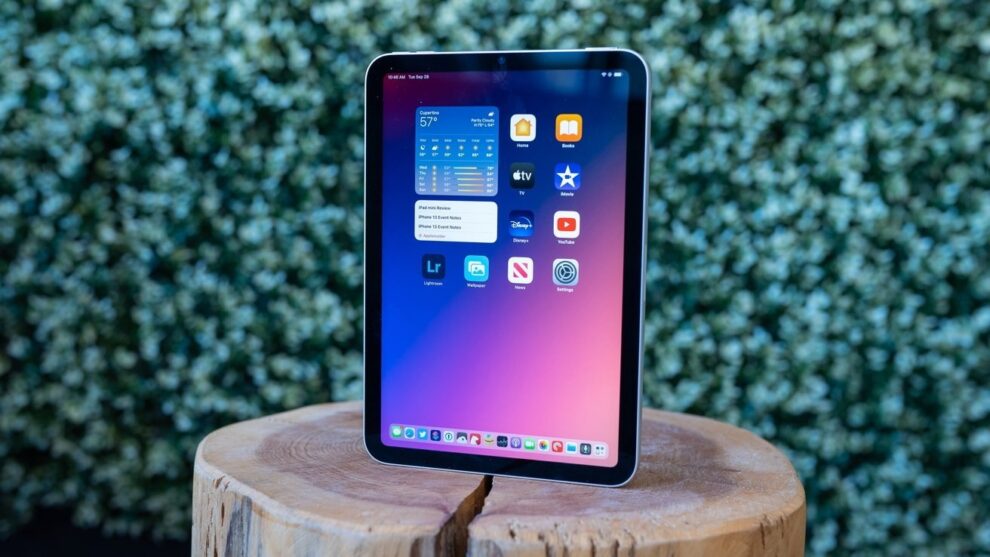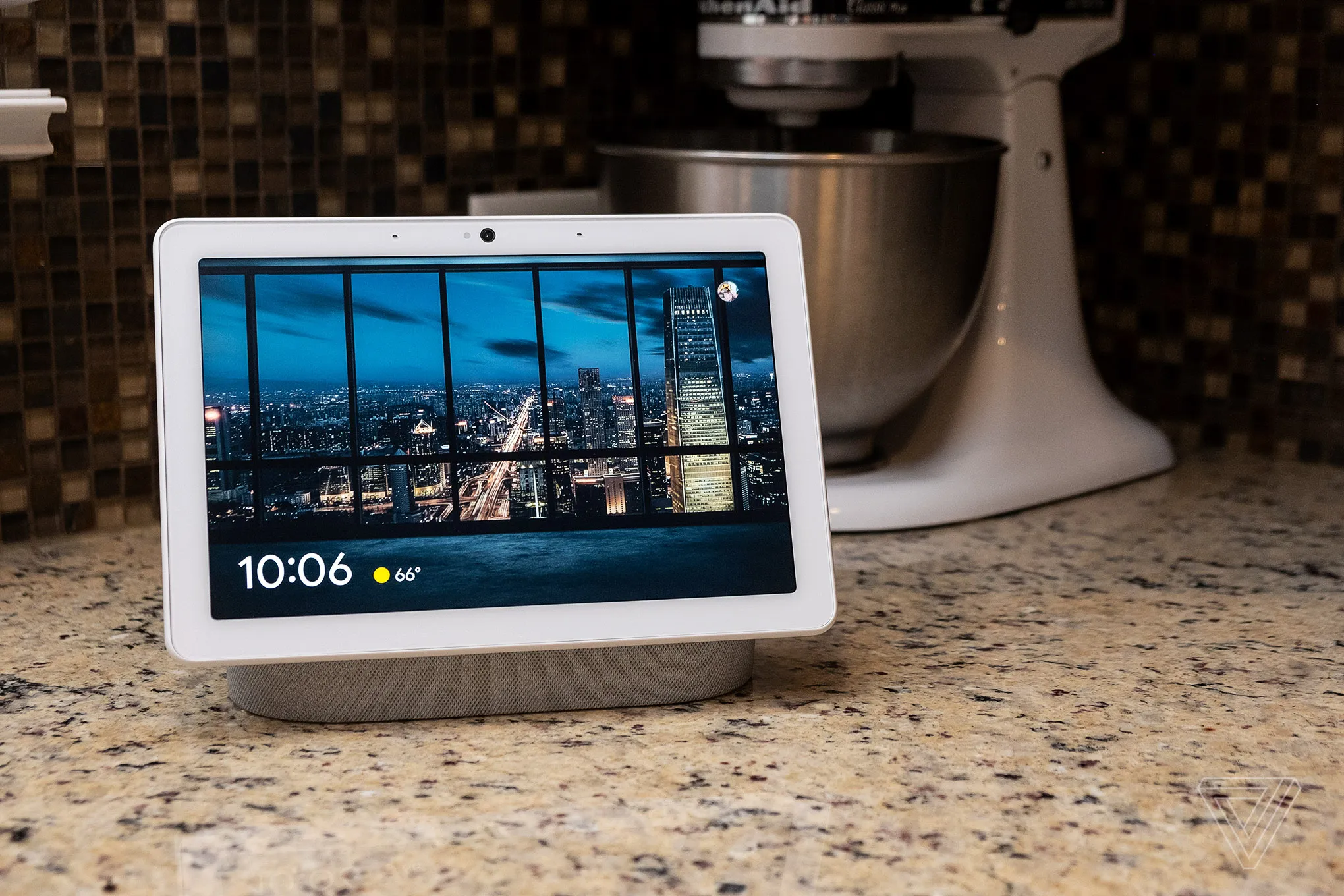For years, the base iPad has been the go-to recommendation for anyone wanting a capable tablet without breaking the bank. It served as the entry point into Apple’s coveted ecosystem, a device perfect for students, casual users, and those simply wanting a larger screen for Browse and entertainment. But whispers are growing louder, and evidence is mounting: the era of the “just good enough” iPad might be drawing to a close. Could Apple finally be ready to leave its most affordable tablet behind?
Recent moves by Apple suggest a significant shift in their iPad strategy. While the spotlight has been on the powerful new M4 iPad Pro and the revamped iPad Air with its expanded 13-inch option, the base iPad received what many are calling an underwhelming update. After a notably long wait of over two years, the latest iteration of the standard iPad arrived with a chip that, surprisingly, doesn’t even support Apple’s new suite of AI features, Apple Intelligence. This omission is particularly striking considering that even the updated iPad mini boasts the A17 Pro chip, granting it access to these advanced capabilities.
This seemingly minor detail speaks volumes. Why would Apple, a company known for pushing its latest technologies across its product line, deliberately hold back its most accessible tablet from such a significant feature? The answer, according to a recent report from Consumer Intelligence Research Partners (CIRP), might lie in the base iPad’s own success.
The data reveals a compelling trend: the base iPad has been steadily gaining market share within Apple’s tablet lineup. In 2021, it accounted for 15% of iPad sales. This figure rose to 21% in 2022, then jumped to 30% in 2023, and reached a staggering 38% last year. This surge in popularity, while seemingly positive, presents a potential dilemma for Apple. While all sales are good, the company likely prefers customers to opt for its more premium, and thus more profitable, models like the iPad Air and iPad Pro.
By intentionally limiting the capabilities of the newest base iPad, particularly by excluding Apple Intelligence, Apple might be subtly nudging consumers towards the more expensive options. The longer-than-usual wait for the update further suggests a deliberate strategy to perhaps slow down the purchasing cycle for the entry-level model.
This potential phasing out of the traditional base iPad doesn’t necessarily mean the end of affordable iPads altogether. Instead, it could signal a strategic realignment of Apple’s tablet offerings. The iPad Air, now available in both 11-inch and 13-inch sizes and powered by the M3 chip, occupies a compelling middle ground. It offers a significant step up in performance and features compared to the previous base model, potentially becoming the new “entry-level” for users seeking a more robust experience.
Consider the differences. The latest base iPad utilizes the A16 chip, the same chip found in the iPhone 14 Pro. While still capable, it pales in comparison to the M3 chip in the iPad Air, which boasts an 8-core CPU, a 9-core GPU, and advanced features like hardware-accelerated ray tracing. This power difference is crucial for demanding tasks like video editing, gaming, and utilizing the upcoming AI features.
Furthermore, the iPad Air boasts a faster USB-C port, supporting data transfer speeds of up to 10Gbps, compared to the base iPad’s slower USB-C 2 port with a maximum speed of 480Mbps. The Air also supports the Apple Pencil Pro with its advanced features like squeeze gesture and Find My integration, while the base iPad only supports the original Apple Pencil or the USB-C version.
The pricing also reflects this shift. Historically, the base iPad has been the most affordable option. However, with the enhanced capabilities of the iPad Air and the subtle limitations of the new base model, the value proposition for the Air becomes increasingly attractive for users who want more than just the basics.
What does this potential shift mean for you? If you’re someone who primarily uses a tablet for simple tasks like Browse the web, checking emails, and watching videos, the current base iPad might still suffice. However, if you’re looking for a device that can handle more demanding tasks, offers better future-proofing with AI capabilities, and provides a more premium experience, the iPad Air is now a much more compelling option.
It’s also worth considering the long-term implications. If Apple continues this trend, the base iPad could eventually become a legacy product, with the iPad Air taking its place as the entry-level offering. This would mean a higher starting price for Apple’s tablet lineup but also a baseline of significantly improved performance and features.
Of course, Apple has not officially announced the discontinuation of the base iPad. However, the recent product updates and the compelling sales data paint a clear picture. The company appears to be strategically repositioning its iPad lineup, potentially leaving behind the “good enough” approach in favor of a more powerful and feature-rich entry point with the iPad Air.
Whether this is the end of the road for the traditional base iPad remains to be seen. But one thing is certain: Apple’s tablet strategy is evolving, and consumers need to pay close attention to these subtle yet significant changes to make informed decisions about their next iPad purchase. The days of the undisputed cheapest iPad might be numbered, and the future of Apple’s tablet dominance could hinge on the success of its more premium offerings.










Add Comment